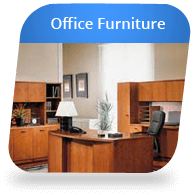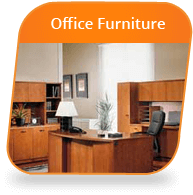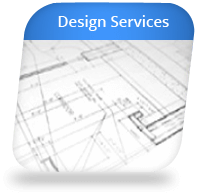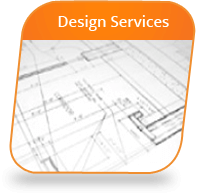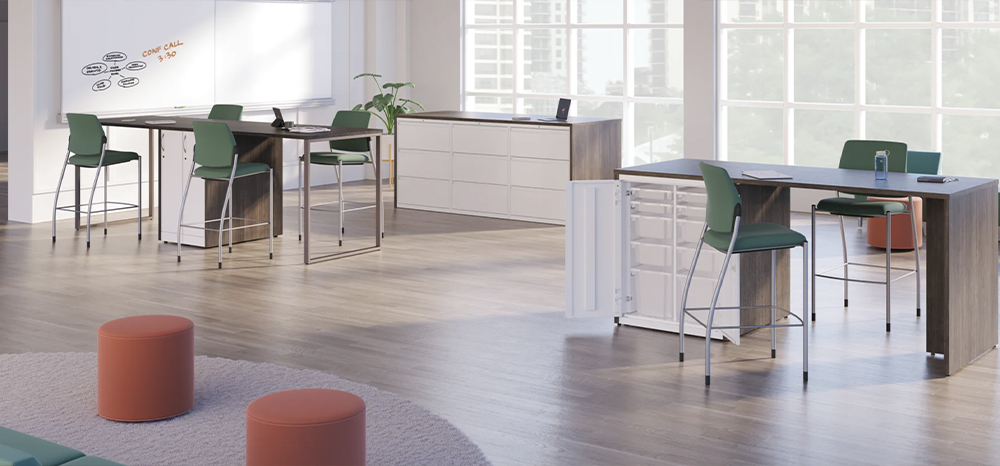Let’s be honest. Office furniture isn’t cheap. But that doesn’t mean you have to spend a small fortune to furnish your office space. There are plenty of effective ways to save money when purchasing office furniture. You just need to get smart at how you approach it. By planning ahead and exercising some strategic hacks, you can make the experience of buying office furniture a much more efficient and cost-effective affair.
These 6 tips will help you save money on office furniture and help you procure exactly what you need without breaking the bank and messing with your bottom line.
Buy Pre-owned

If you want to save money on office furniture, buying it used is, hands down, the most effective approach. Why spend money on brand new furniture if you have the option for pre-owned furniture that’s in exceptional condition, but that comes at a fraction of the price tag? Apart from the obvious benefit of reduced prices, purchasing refurbished furniture is also environmentally friendly!
At Louisiana Office Products, we offer a range of pre-owned furniture that we carefully inspect, so you’ll never have to worry about the quality of the pieces you buy. Learn more about our services and inventory here.
Try Before You Buy

HON chairs
In an office, people are going to be sitting. A lot. Test out your office chairs before you buy them! Poorly constructed, uncomfortable chairs are not just bad for employee morale, but they actually contribute to lower levels of productivity. Think about it. How easy is it to work when you are uncomfortable for hours on end. Know what you are investing in and make your way to the nearest office furniture showroom to test out pieces in person before your purchase.
Buy in Bulk
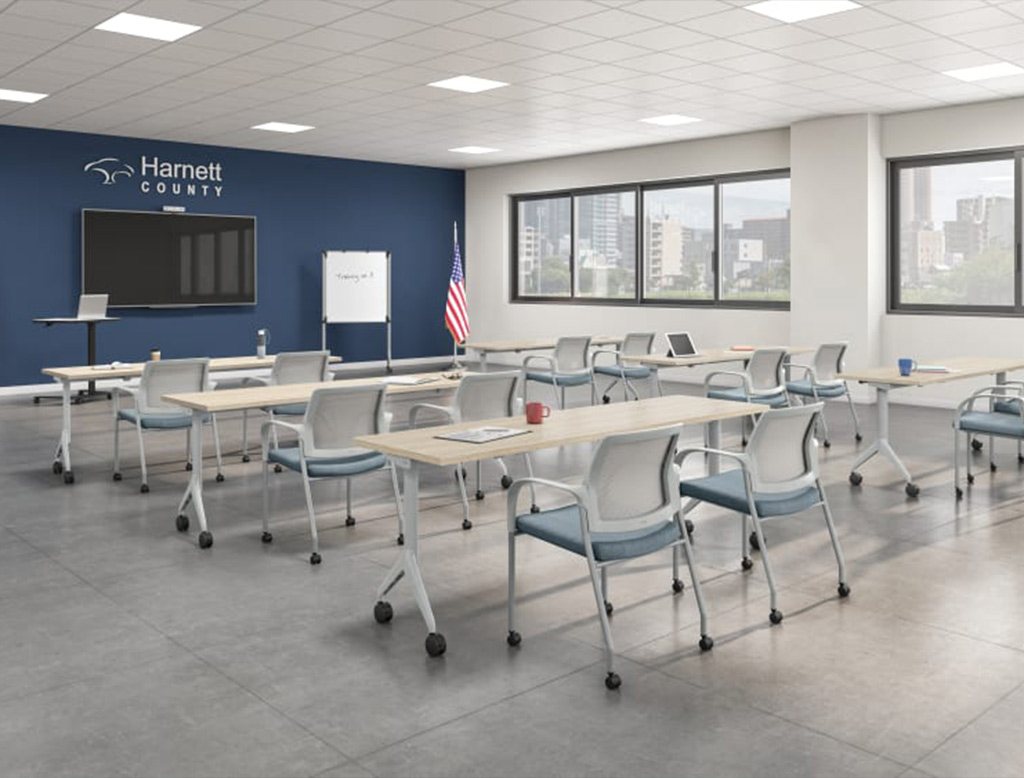
Buying in bulk can save you money. In fact, the larger the job, the deeper the discount potential. Purchasing office furniture in larger quantities at once typically leads to a lower total cost, as the delivery expenses can be spread across a greater number of items and vendors are more likely to offer deals when you buy several office chairs versus if you only buy one.
Choose Furniture That Lasts
Durability offers huge cost savings in the long run. If you need to spend a little more upfront for higher quality and durability, do it. It will actually end up saving you money, as you won’t need to replace or repair it as often. Plus, higher-quality goods typically have better warranties to cover certain types of wear and tear.
Research Contracts
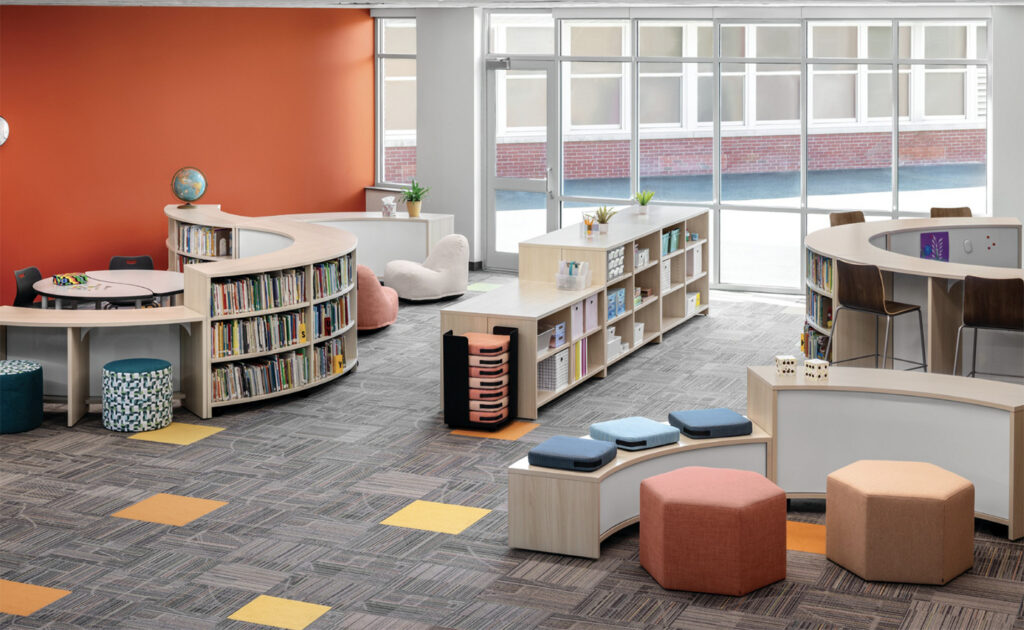
If you are in an industry that uses government contracts, such as education and healthcare, do a little research. There are often discounts offered through state contracts for organizations in those sectors. This is an area we know well, as we are contracted with the state as a supplier of office furniture for State, Local, Parish and Federal Government Agencies and are proud to work with the HON company.
Buy Local
Aside from minimizing shipping expenses, buying local means buying from someone who knows the area, the laws, any state requirements and regulations. Not to mention buying local means you are supporting your community and engendering goodwill.
As a locally owned, Louisiana-based business with decades of experience in the industry, Louisiana Office Products is committed to helping our community and has built a reputation for excellence in product quality, customer service, and design expertise. We are at the ready to help you save money on office furniture.
Need supplies as well? No worries. In addition to furniture, we carry a wide range of office supplies and products!
